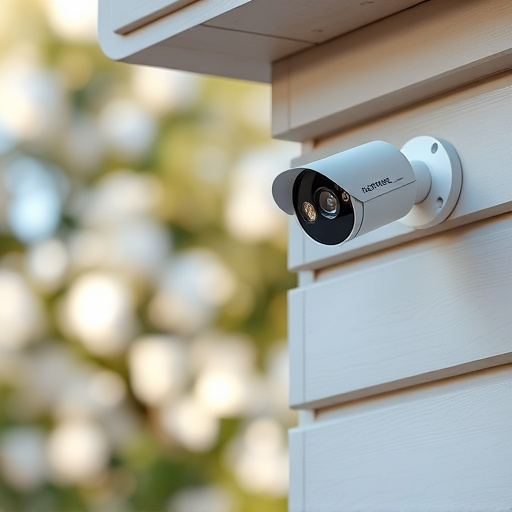Motion sensor technology enhances home security with passive infrared (PIR) and active sensors detecting movement. Strategically place them in high-traffic areas for optimal protection, ensuring clear visibility and adequate lighting. Installation and configuration follow manufacturer instructions, allowing customization of sensitivity and alert preferences. Integrated alerts and notifications provide 24/7 surveillance and peace of mind. Regular testing and monthly maintenance ensure maximum sensitivity and reliable protection.
Enhance your home security with the power of motion sensors! These innovative devices detect movement, acting as vigilant guards to protect your space. This guide navigates the world of motion sensor installation, offering insights into cutting-edge technology and practical considerations. From understanding passive vs. active sensors to setting up alerts, you’ll master the art of fortifying your home. Prepare to transform your living environment into a secure haven.
- Understanding Motion Sensor Technology
- Choosing the Right Location for Installation
- Types of Motion Sensors: Passive vs Active
- Wiring and Setting Up Your Sensor
- Integrating Alerts and Notifications
- Maintaining and Testing Your Home Security System
Understanding Motion Sensor Technology
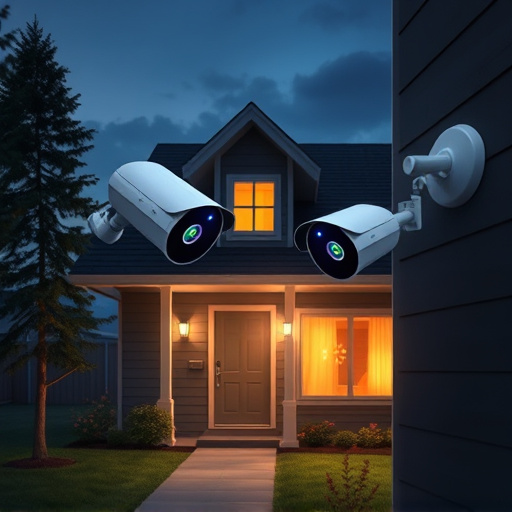
Motion sensor technology has revolutionized home security, providing an advanced layer of protection for residences. These sensors detect movement by utilizing various methods, such as passive infrared (PIR) or ambient light disruption. When triggered, they activate alarms or notify homeowners of potential intrusions, ensuring swift reaction times.
Understanding how motion sensors work is key to optimizing their effectiveness. Modern sensors can differentiate between human movement and animal activity, reducing false alerts. They are designed to be versatile, suitable for both interior and exterior applications, offering peace of mind whether you’re at home or away.
Choosing the Right Location for Installation
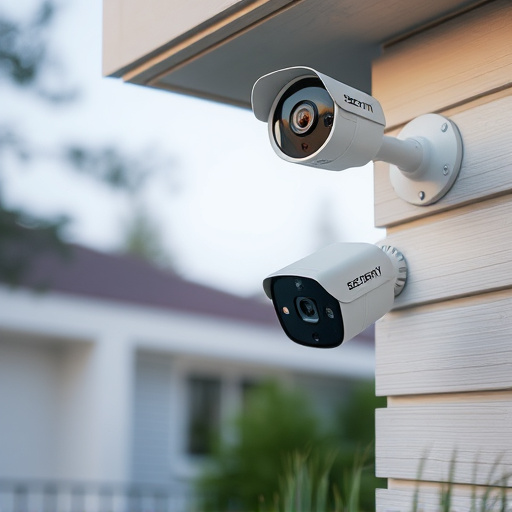
When considering motion sensor installation for home security, choosing the right location is paramount. Sensors should be placed in strategic areas where they can effectively monitor high-traffic zones like entrances, windows, and exits. Think about entry points to your property as well as common paths within your home. For example, installing a motion sensor at the garage door or back patio entrance enhances security by alerting you to unexpected visitors or potential intruders.
Additionally, consider factors like line of sight, obstructions, and lighting conditions. Clear visibility allows sensors to accurately detect movement without false triggers from passing vehicles or pets. Ensure that the chosen location offers an unobstructed view and is well-lit, making it easier for the sensor to function optimally and contribute to your home’s overall security.
Types of Motion Sensors: Passive vs Active
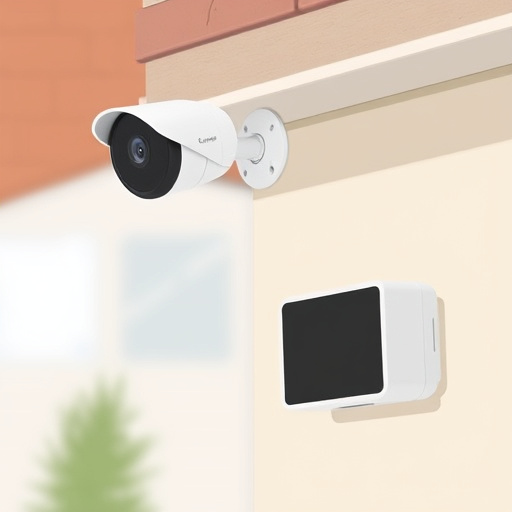
There are two primary types of motion sensors: passive and active. Passive sensors, also known as passive infrared (PIR) detectors, work by detecting changes in heat signatures. They’re sensitive to infra-red light emitted from bodies like humans or animals, which makes them suitable for homes since they can identify warm-blooded creatures without emitting any energy themselves. This means they’re generally more cost-effective and easier to install, as they don’t require external power sources.
Active sensors, in contrast, use a beam of radio waves or laser light to scan an area. When the beam is interrupted by movement, the sensor triggers an alarm. While these devices can be more precise and less prone to false positives caused by pets or moving objects, they often require power backups and can be more complex to install. For home security, active sensors might be a better choice for high-risk areas like entryways, while passive sensors could suffice for general indoor monitoring due to their cost-effectiveness and low maintenance.
Wiring and Setting Up Your Sensor
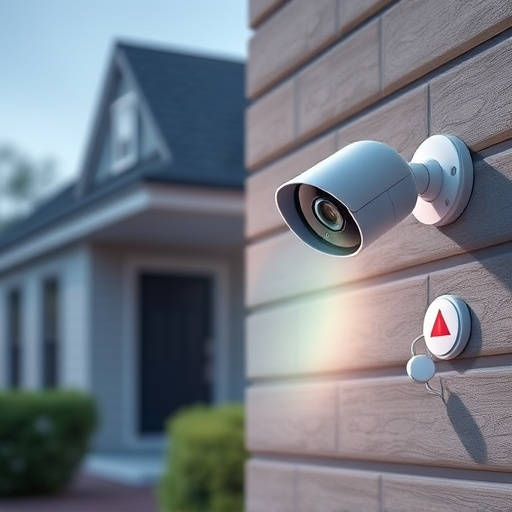
When wiring and setting up your motion sensor, start by carefully reading the manufacturer’s instructions. This ensures compatibility with your existing home security system and guides you through the process step-by-step. Typically, you’ll need to connect the sensor’s wires to a power source and a control panel or receiver, ensuring proper grounding for optimal performance. Sensor placement is crucial; mount it in strategic locations like entryways, windows, or areas with limited visibility to maximize coverage.
Once connected, configure the sensor’s settings through a user-friendly interface or mobile app. Adjust sensitivity levels, set detection zones, and program alert preferences according to your needs. Regular testing ensures accurate performance, so schedule periodic checks to verify proper functioning, especially after any adjustments or relocations.
Integrating Alerts and Notifications
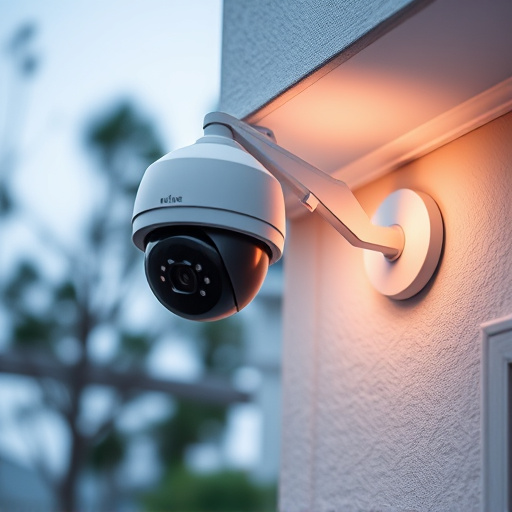
Integrating alerts and notifications is a pivotal step in maximizing the benefits of motion sensor installation for your home security. Once the sensors are strategically placed, connecting them to a central monitoring system or smart home hub allows for seamless communication. When a movement trigger occurs, the sensors instantly send signals to the connected devices, initiating a series of pre-programmed actions. These can include sending immediate alerts to your smartphone via text or app notifications, activating lighting in the area, or even starting a pre-recorded message or video recording for later review.
This integration offers round-the-clock surveillance and peace of mind by ensuring you’re promptly notified of any unusual activity. Additionally, many systems enable remote access, letting you monitor your property from anywhere, further enhancing your home security posture.
Maintaining and Testing Your Home Security System
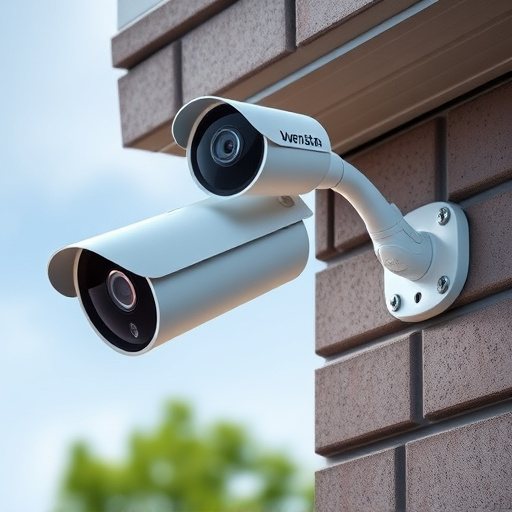
Maintaining and testing your home security system, including motion sensors, is paramount for ensuring optimal protection. Regularly inspect each sensor to verify proper functioning and clear any obstructions that might hinder their sensitivity. Dust or debris accumulation can significantly impact performance, so keep them clean and free from clutter. Testing should be a routine practice, ideally monthly, where you simulate movement scenarios to confirm alerts and ensure reliable communication with your security system.
Remember, the effectiveness of your home security depends on well-maintained sensors. Addressing any issues promptly not only enhances the overall security but also provides peace of mind, knowing your system is ready to alert you of any potential intruders.
Upgrading your home’s security with motion sensor installation is a smart move. By understanding motion sensor technology, selecting the ideal placement, choosing between passive and active types, correctly wiring and setting up your device, integrating alerts, and regularly maintaining your system, you can greatly enhance your Home Security. These steps ensure your peace of mind and provide an effective deterrent against potential intruders, giving you control over your safety and tranquility.
